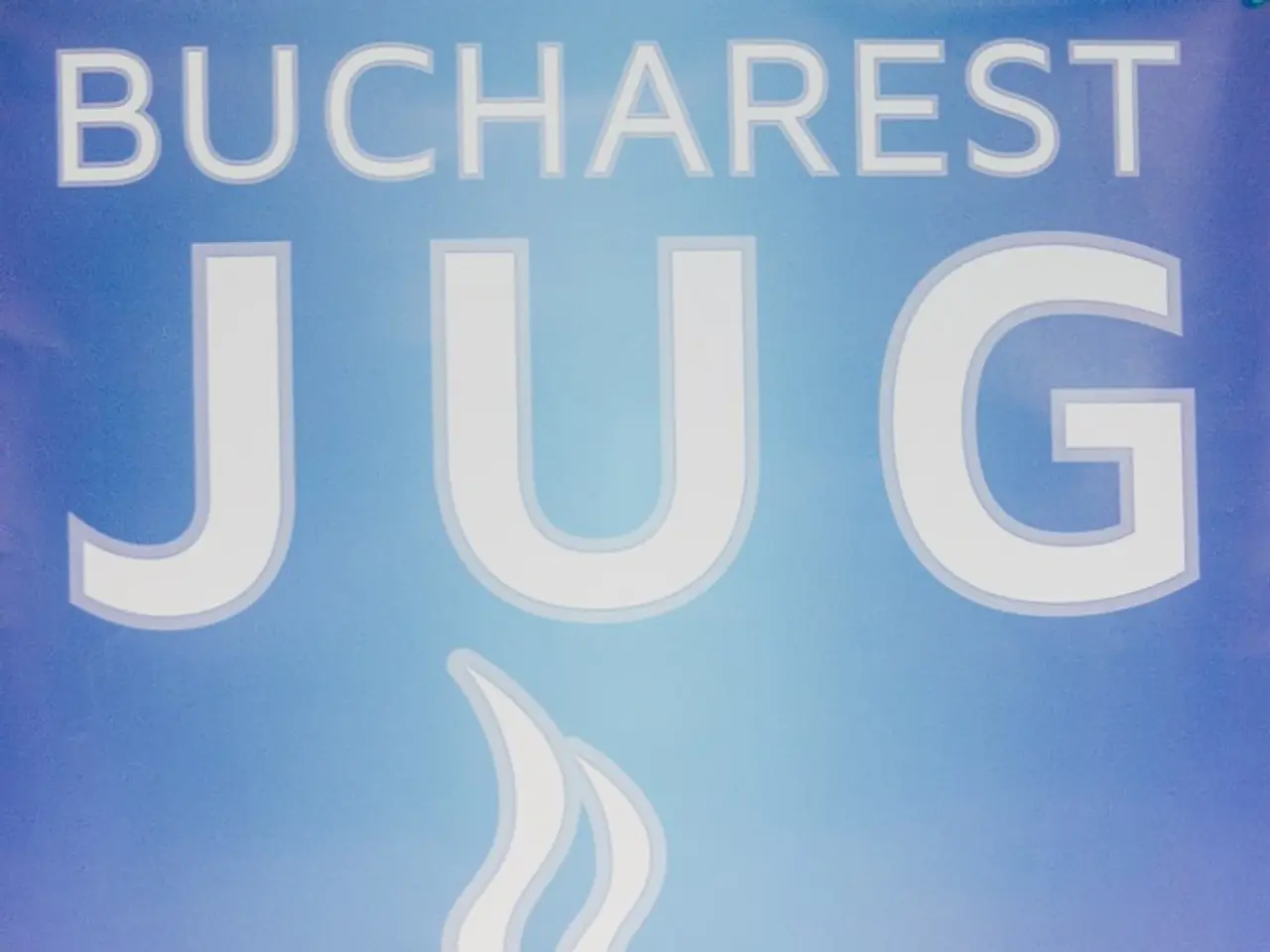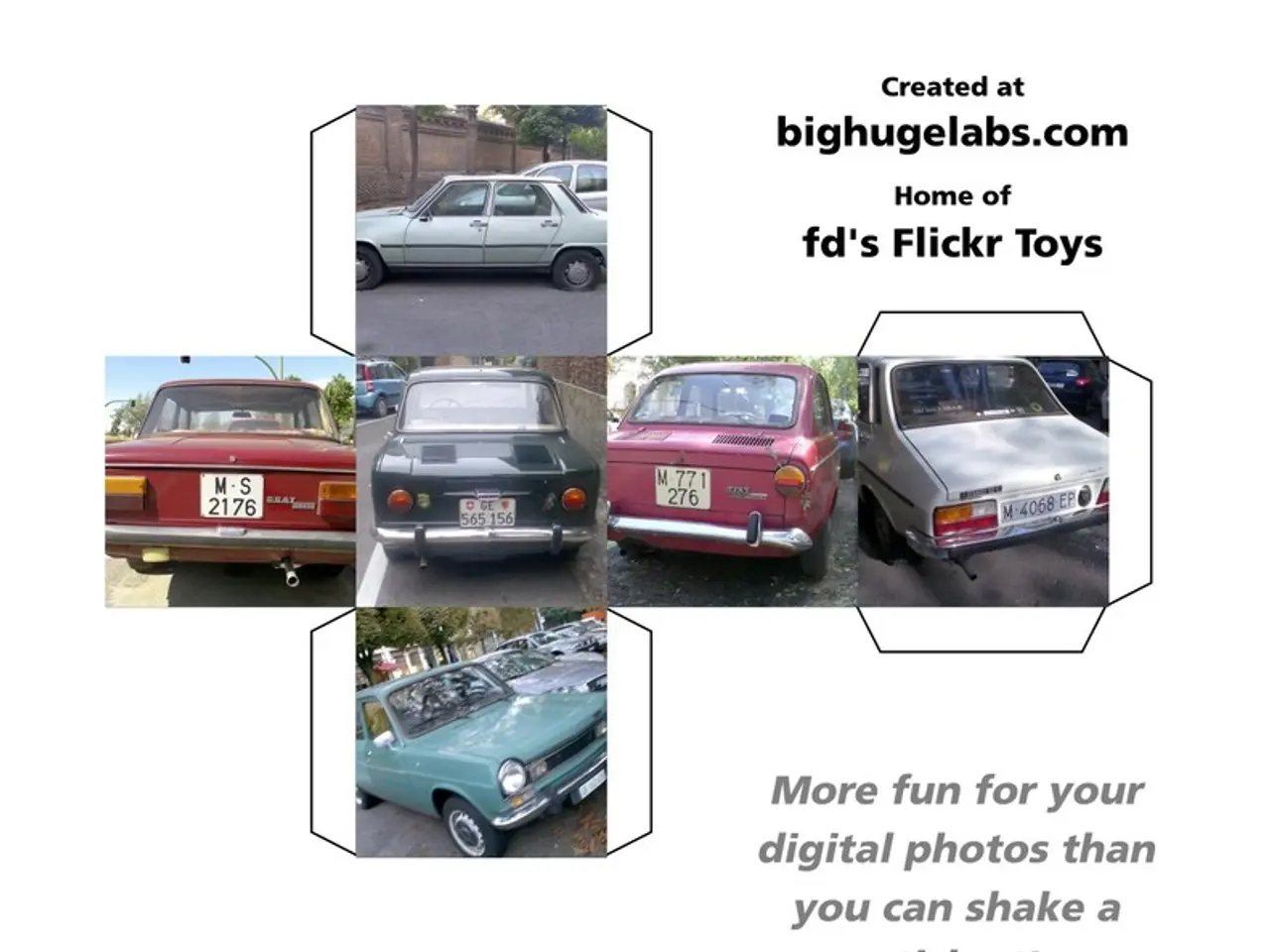Cost Analysis for Developing a Food Delivery App Akin to UberEats
The online food delivery market is projected to reach a staggering $1.39 trillion by 2025, growing at a CAGR of 7.64%. With such potential, it's no wonder that many entrepreneurs are considering entering the market with their own food delivery app. One such app that has made a significant impact is Uber Eats, which generated over $13.7 billion in revenue in 2024. Here's a closer look at the key features, costs, and strategies involved in developing a food delivery app similar to Uber Eats.
Core features of a food delivery app like Uber Eats include user registration and KYC verification, restaurant listings and menu display, order placement and customization, real-time tracking, payments, and notifications. Additional features such as in-app communication, delivery scheduling, ratings and reviews, special offers and deals, and grocery order delivery can enhance the user experience and drive customer engagement.
The cost to develop a food delivery app in the US with core features like real-time tracking, payments, and notifications can range widely depending on app complexity, platform, team location, and features. A basic food delivery app with essential features like ordering, payments, and notifications can cost around $30,000 to $60,000 and take 3 to 6 months to develop. For a mid-range app with advanced capabilities such as real-time tracking, complex routing, and better UI/UX, the cost rises to $60,000 to $150,000, with development spanning 6 to 9 months. An advanced or enterprise-level app like Uber Eats, with highly sophisticated user experience, multiple integrations, admin dashboards, and ongoing maintenance, may cost $150,000 to $300,000 or more and take 9 to 12+ months.
Strategies to optimize cost include starting with an MVP, cross-platform development, leveraging open-source tools, prioritizing security early, automating testing & deployment, modular architecture, cloud infrastructure, iterative development, outsourcing strategically, and focusing on core features.
On the admin side, panels include user and driver management, order tracking and management, restaurant partner management, analytics and reporting dashboard, commission and payment management, discount and promotion management, customer support and complaint resolution, security and compliance monitoring, multi-region and language settings, and advanced features to elevate your food delivery app like Uber Eats.
In summary, for a Uber Eats-like food delivery app in the US, expect an initial development budget starting roughly at $60,000 to $150,000 for a solid mid-level app, scaling up to $300,000+ for enterprise-grade solutions. This will cover key features like real-time tracking, payments, notifications, user interfaces for customers, delivery partners, and restaurants, plus admin controls and technical support.
[1] Source: Clutch (2021) [2] Source: GoodFirms (2021) [5] Source: AppFutura (2021)
Machine learning algorithms could be implemented to predict customer preferences and personalize food recommendations within the food delivery app, enhancing the user experience. Cloud services can be incorporated to store consumer data, manage transactions, and scale computing resources as demand grows in the finance and lifestyle sectors. On the sports front, integration of features like sports-specific menus, team-branded delivery options, or sponsorship deals can help attract sports enthusiasts, broadening the app's appeal. Technology advancements will continue to reshape the food delivery market, with innovative strategies and seamless user experiences becoming instrumental in retaining market share.




